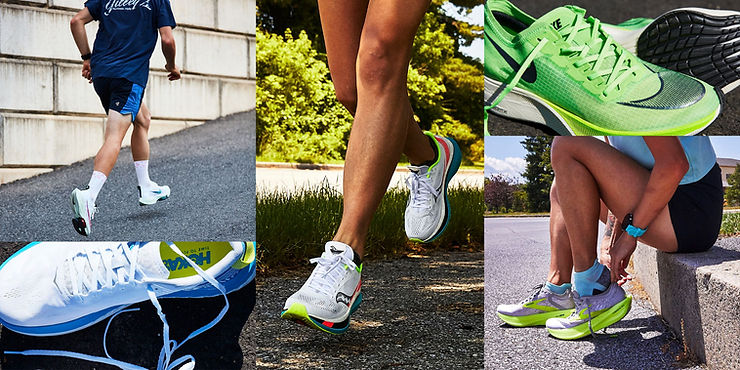By: Jy Hung Ong
In June of this year, three world records were broken in Paris. Kenya’s Faith Kipyegon set records in both women’s 1,500 meters and 5,000 meters, and Lamecha Girma of Ethiopia beat the record in men’s 3,000-meter steeplechase.
On Friday night, Kipyegon destroyed the women’s one-mile world record by almost five seconds when she finished the race in 4 minutes and 7.64 seconds. Her achievement shocked track fans who were acclimated to records usually improving by mere tenths of seconds.
Why so many fast times? The question has been asked and answered a lot of times. Super shoes certainly helped – thick, springy shoes with a midsole plate which helped transform racing recently by giving more rebound when pushing off in a race.
However, sports scientists now think it’s not just shoes. It’s also the several years of training in the super shoes. It is also something that simple recreational runners can benefit from, as well.
“Because the shoes are a new tool, the more we run in them, the better we adapt,” said Geoff Burns, a physiologist for the U.S. Olympic and Paralympic Committee.
Burns and other scientists have one guiding principle: if a runner wants to run at their best, they must train the same way they will race. This will mean running at their race pace, drinking the same beverages, and wearing the same shoes.
In 2016, super shoes were introduced to the world when Nike released its first thick-soled, energy-returning shoes, the Nike Zoom Vaporfly 4%. They were so much faster than normal shoes that World Athletics, the executive body of track and field, had to limit the height of a shoe’s midsole in 2020. Now, most major shoe companies are selling super shoes, and hundreds of thousands of everyday runners are wearing them.
On the professional side, athletes are finding that resist training and racing in super shoes is getting increasingly difficult. Lindsay Flanagan, an athlete with a personal best marathon of 2:24:43 seconds, will be one of the three U.S. women running the World Championships marathon in Budapest.
“Since I’m going to be wearing super shoes in races, I want to get a good feel for them in training,” Flanagan said. “I’ve found that I can log more quality days, as well as more mileage in general, because my legs come around sooner.”











